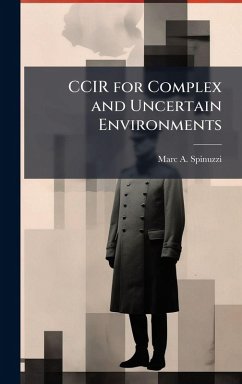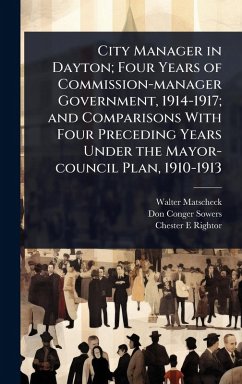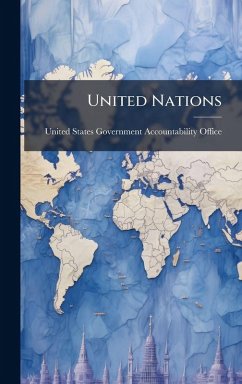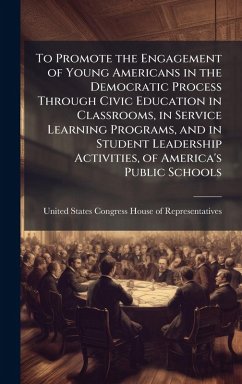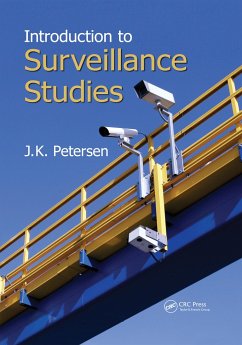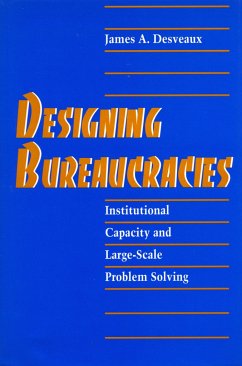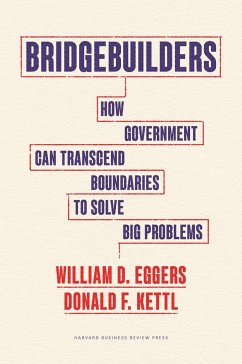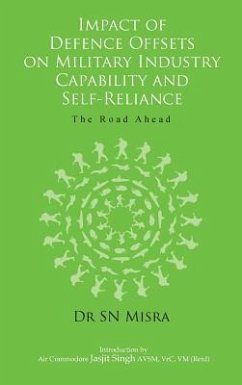
Learning to Get Ahead
Versandkostenfrei!
Versandfertig in über 4 Wochen
25,99 €
inkl. MwSt.
Weitere Ausgaben:

PAYBACK Punkte
13 °P sammeln!
The Improvised Explosive Device (IED) threat has been termed the "grand challenge" by leading counter-terrorism organizations. What started as a nuisance has turned into a strategic threat. The US government is spending billions of dollars and thousands of man-hours to develop countermeasures and defeat technologies. Some countermeasures and technical solutions are quick; many are too slow to keep up with warfighter needs. The enemy, on the other hand, adapts quickly and develops weapons that are cheap and easy to build. The fundamental question driving this research is: how can an organizatio...
The Improvised Explosive Device (IED) threat has been termed the "grand challenge" by leading counter-terrorism organizations. What started as a nuisance has turned into a strategic threat. The US government is spending billions of dollars and thousands of man-hours to develop countermeasures and defeat technologies. Some countermeasures and technical solutions are quick; many are too slow to keep up with warfighter needs. The enemy, on the other hand, adapts quickly and develops weapons that are cheap and easy to build. The fundamental question driving this research is: how can an organization learn more effectively in order to become more flexible, adaptable, and innovative, while learning to make decisions faster and more proactively? This research will address the significance of learning at the operational and strategic levels, and the effect this learning has on the tactical level. Specifically, the research will draw on LTC John Nagl's "learning organization" concept as expressed in his work Learning to Eat Soup with a Knife: Counterinsurgency Lessons from Malaya and Vietnam. Additionally, this paper will draw on a historical example of the British experience with the IED threat in the Northern Ireland conflict. Finally, this research project will discuss how innovative intelligence analysis can help further drive down the decision timelines. Learning and innovative organizations are key to countering current and future asymmetric weapons threats. This work has been selected by scholars as being culturally important, and is part of the knowledge base of civilization as we know it. This work was reproduced from the original artifact, and remains as true to the original work as possible. Therefore, you will see the original copyright references, library stamps (as most of these works have been housed in our most important libraries around the world), and other notations in the work. This work is in the public domain in the United States of America, and possibly other nations. Within the United States, you may freely copy and distribute this work, as no entity (individual or corporate) has a copyright on the body of the work. As a reproduction of a historical artifact, this work may contain missing or blurred pages, poor pictures, errant marks, etc. Scholars believe, and we concur, that this work is important enough to be preserved, reproduced, and made generally available to the public. We appreciate your support of the preservation process, and thank you for being an important part of keeping this knowledge alive and relevant.




